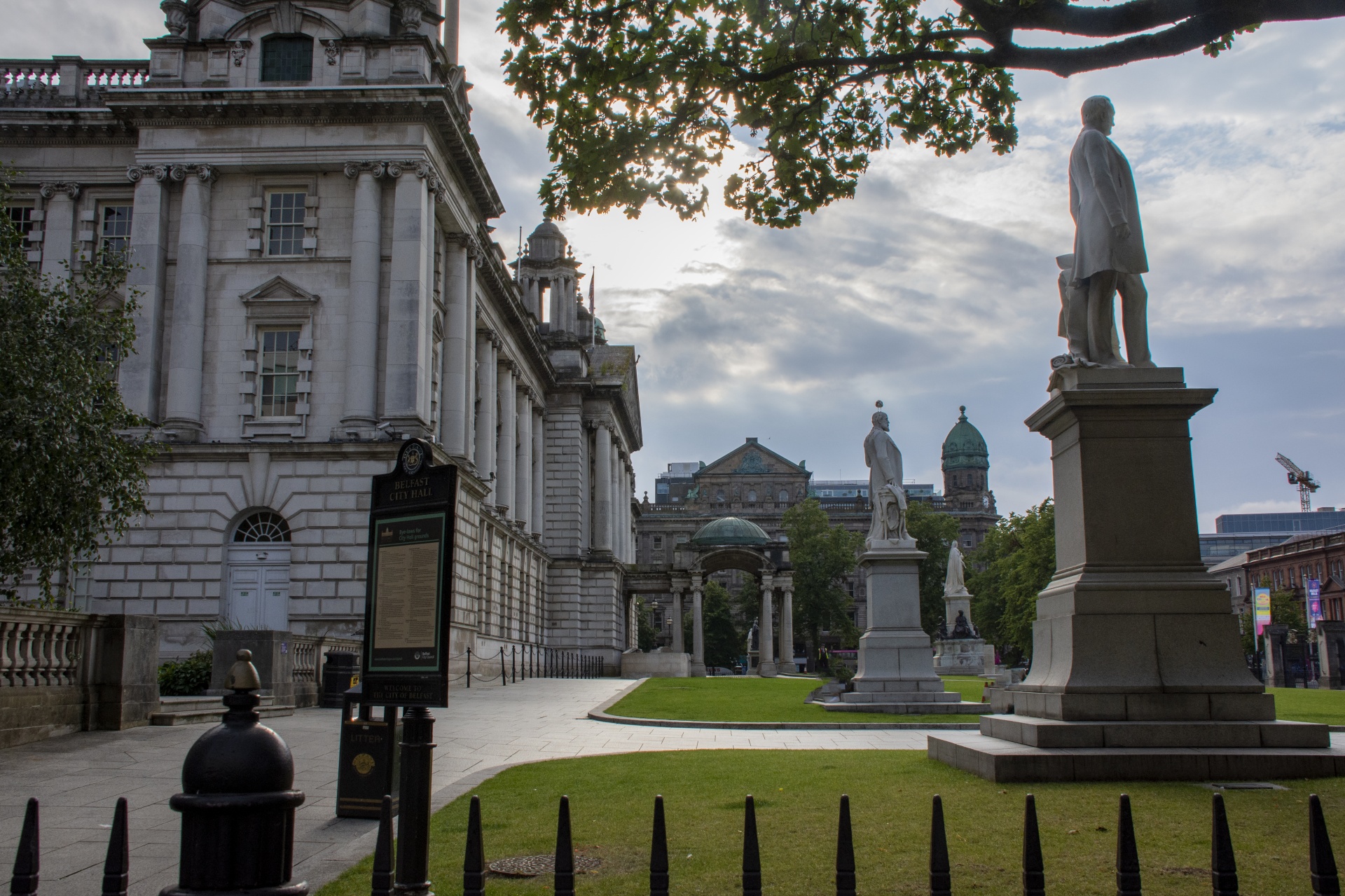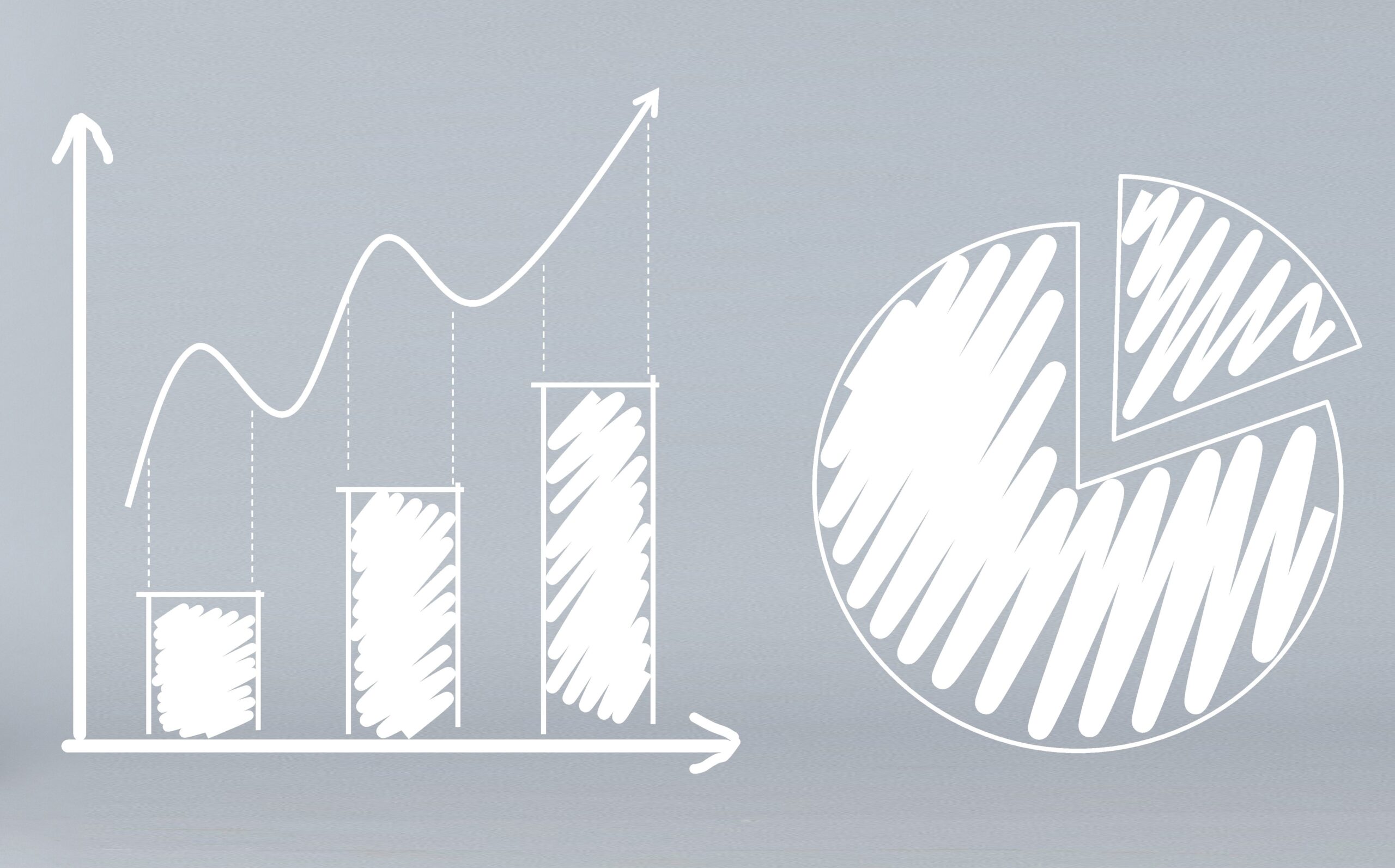The government tax department recently indicated that it believed it will achieve annualised savings of almost a quarter of a billion pounds by migrating from ageing systems to SaaS alternatives
HM Revenue and Customs is currently working on drawing up a “careful” and complex plan for decommissioning legacy IT systems over the next few years.
In its efficiency delivery plan published alongside the spending review, the department projected that a programme of “improving and modernising the IT estate” would deliver annual savings of £235m by the end of 2028/29.
This would be achieved via closing down ageing tech platforms and moving to modern software-as-a-service alternatives which “are cheaper to run, generating an efficiency upon decommissioning of the legacy system, [and] are also more secure and offer productivity gains”.
In light of the publication of these plans, Lord Theodore Agnew – Conservative peer and former government efficiency minister – asked HMRC to specify how many legacy systems are currently in use across the department, and how many of these will be successfully taken out of action by the end of the spending-review period in 2029.
Related content
- HMRC creates £500m legacy tech and security programme after merging major projects
- UPDATED: Government stresses ‘limited time and strict terms’ as HMRC signs £220m Fujitsu contingency extension
- Spending Review: HMRC given £500m to ensure ‘90% of customer interactions are digital’
In response, financial secretary to the Treasury Lord Spencer Livermore did not provide a precise number or estimate – but suggested that more details will be offered in the coming weeks.
“HMRC is in the process of finalising its implementation plan of the Spending Review 2025 following receipt of the settlement,” Livermore said. “The department is planning the sequencing and prioritisation of activity to ensure they can deliver the departments commitments, tackle technical debt and mitigate risks. This will include assessing the impact of legacy IT systems and platforms as part of the software-as-a-service transition strategy. HMRC is taking a phased approach to meet its efficiency target whilst balancing and maintaining operational resilience. To support this, HMRC has undertaken a detailed assessment of its digital estate, which includes over 4 million physical assets (i.e., network equipment, disk arrays, servers, laptops, desktops).”
The upgrade plan to be set out by the department will be characterised by complexity, and will be comprised of several discrete schemes.
“The complex IT estate HMRC operates requires careful coordination to identify systems for decommissioning or migration by 2028-29,” the minister said. “Therefore, decommissioning and upgrading activities are being delivered through several different change programmes. The long-term delivery plan will be finalised in the autumn, at which point there will be a clearer indication of the number of IT systems which will be decommissioned by 2028-29.”
As part of wider work to address legacy systems, HMRC recently invited bids from hyperscale cloud providers to fulfil a potential half-a-billion-pound engagement focused on addressing “increasing levels of technical debt” in the department’s infrastructure, while extricating itself from three long-standing on-premises datacentres operated by Fujitsu.




